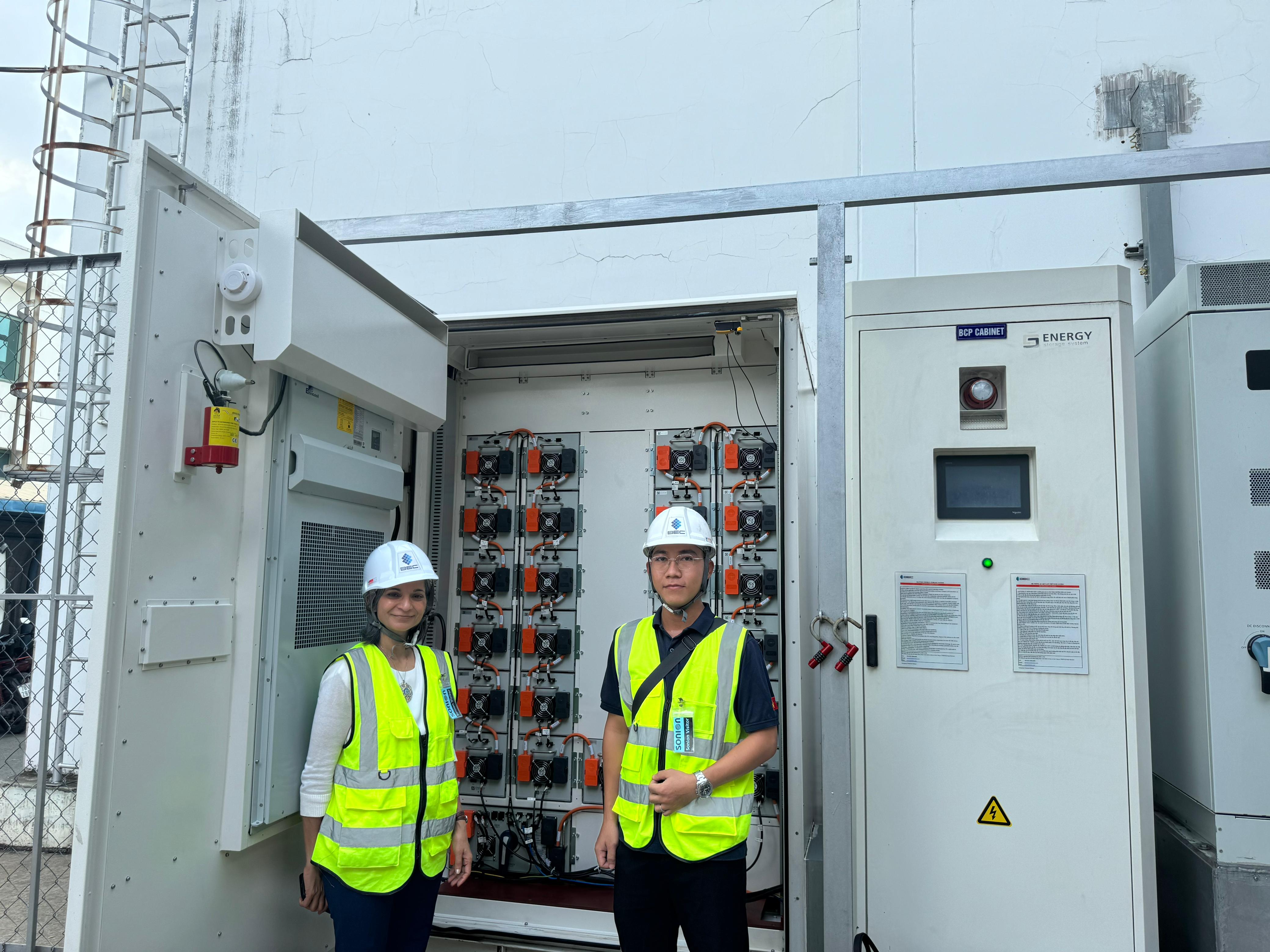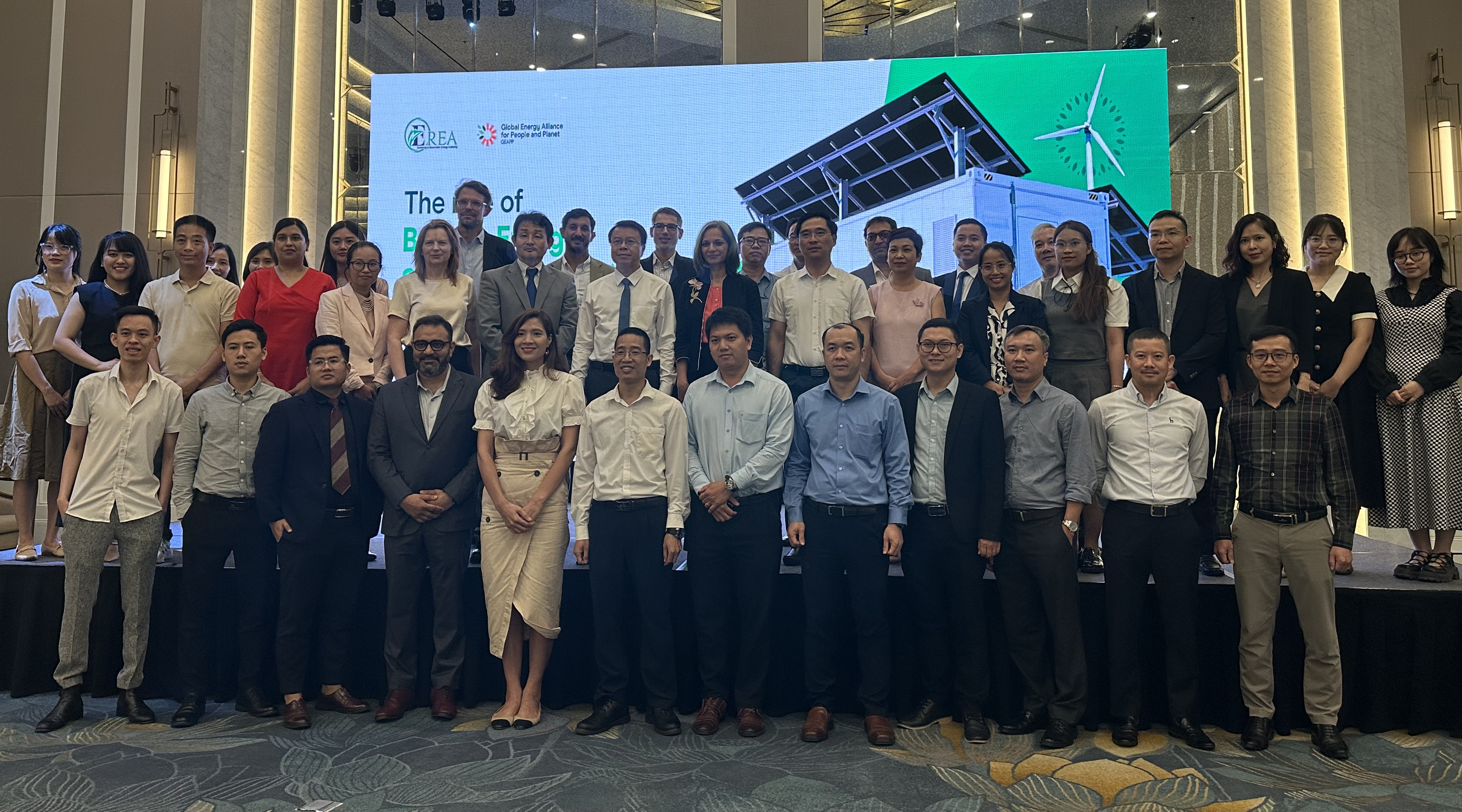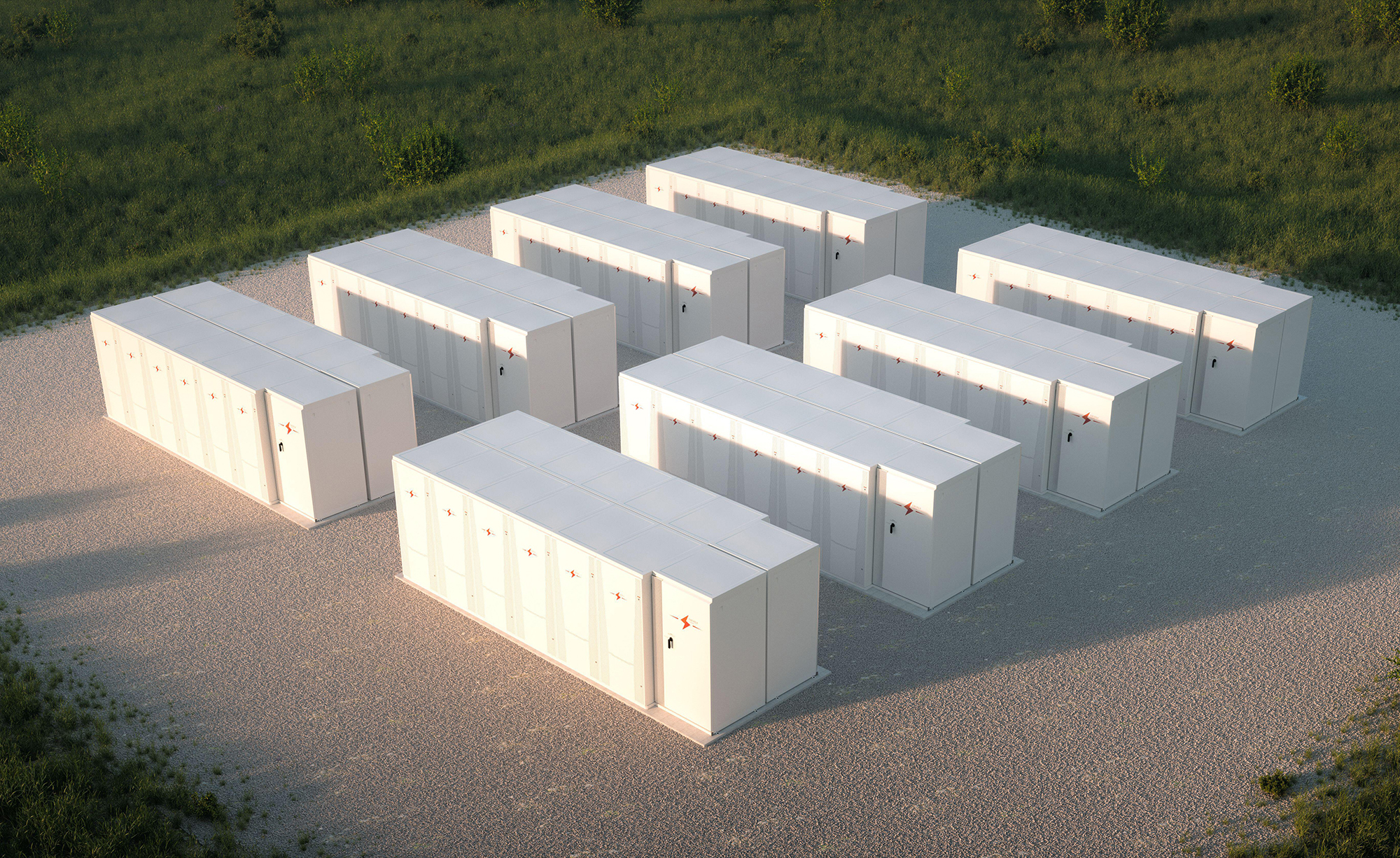Introduction
India has always been at the forefront of driving climate policy. The country has undertaken several initiatives to increase the share of renewable energy in the power sector. As of October 2024, solar alone contributes 90.76 GW to India’s electricity generation capacity of 452.69 GW. However, the volatility of renewable power supply poses challenges since peak power demand in India is estimated to rise to 458 gigawatts (GW) by 2032. Energy storage technologies such as Battery Energy Storage Systems (BESS) offer innovative solutions to tackle intermittency and effectively manage peak demand. The Conference of Parties (COP29) Global Energy Storage and Grids Pledge, drafted by host country Azerbaijan, underscores the importance of integrating energy storage technologies in climate policy. The pledge calls on Parties to increase installed energy storage capacity to 1,500 GW by 2030, six times the 2022 level. It highlights that increased focus on energy storage is crucial for improving integration of renewables into energy grids.
In a move towards addressing the need for reliable energy supply and facilitating renewable integration, Delhi’s leading power company BSES Rajdhani Private Limited (BRPL) recently launched India’s largest BESS pilot project. The 20MW/40MWh BESS project, developed in partnership with the Global Energy Alliance for People and Planet (GEAPP) and IndiGrid and approved by the Delhi Electricity Regulatory Commission (DERC) in June, is currently under construction at BRPL’s 33/11 kV Kilokari substation. It is expected to serve approximately 12,000 low-income customers. In line with India’s commitment to deploying 47 GW of BESS by 2032, the project opens new possibilities for accelerating the nation’s energy transition. GEAPP hopes to achieve 1GW of BESS commitments in India by 2026.
Grid Stability and the Role of RTS in India’s Power Supply
Rooftop Solar (RTS) is a key part of expanding energy access to the last mile and harnessing the immense solar potential. According to the Ministry of New And Renewable Energy (MNRE), Grid Connected Solar Rooftop has contributed 14.30 GW to India’s cumulative installed solar capacity. In addition to enhancing energy access, RTS mitigates transmission and power losses by generating electricity at the point of consumption. Further, by decentralizing energy generation, RTS reduces the burden on the grid and makes load management more efficient.
The government of India has been working on making RTS adoption popular through financial and policy initiatives. The Grid Connected Rooftop Solar Programme aims to achieve a cumulative installed capacity of 40,000MW from grid-connected RTS projects. Another scheme, the PM Suryaghar: Muft Bijli Yojana, has allocated INR 75,021 crore to the installation of RTS and provision of up to 300 units of free electricity, to extend energy access to 1 crore households. Under the scheme, 400,000 RTS units have been installed so far.
The government must also direct efforts towards strengthening the nation’s energy storage infrastructure in addition to these ambitious policy initiatives for rooftop solar.
Enhancing Energy Security with BESS and RTS Integration
India’s ambitious renewable energy targets, especially the rapid expansion of solar power, necessitate efficient energy storage solutions to ensure grid stability and reliability. Any increase in the country’s renewable energy capacity will be unable to live up to its potential, if reforms in grid infrastructure are not prioritized. BESS integration with RTS leads to increased resilience to grid disturbances and supply volatility. Combining the two technologies results in the storage and release of excess solar energy on the basis of demand for energy and the time of the day. It creates a self-sufficient energy ecosystem, ensuring that consumers can become “prosumers” who are less reliant on the main grid, thus bolstering overall energy security.
Conclusion
To ensure grid stability and resilience in the power sector, the government of India must focus on integrating BESS with renewable energy installations. The global BESS market is expected to reach $11.7 billion by 2026, with the Asian-Pacific region driving 30 percent of the market share. Stakeholders and industry experts globally are advocating for building on this momentum and funneling more investments toward research and structural reforms in integrating renewables and BESS. India can play a key role in this expansion. The country’s commitment to achieve 500 GW of non-traditional fuel electricity generation capacity by 2030 will require a corresponding increase in energy storage systems. The integration of BESS with RTS installations will prove to be a game-changer for the energy landscape, paving the way for a self-sufficient, economically viable, and resilient energy future for India.




